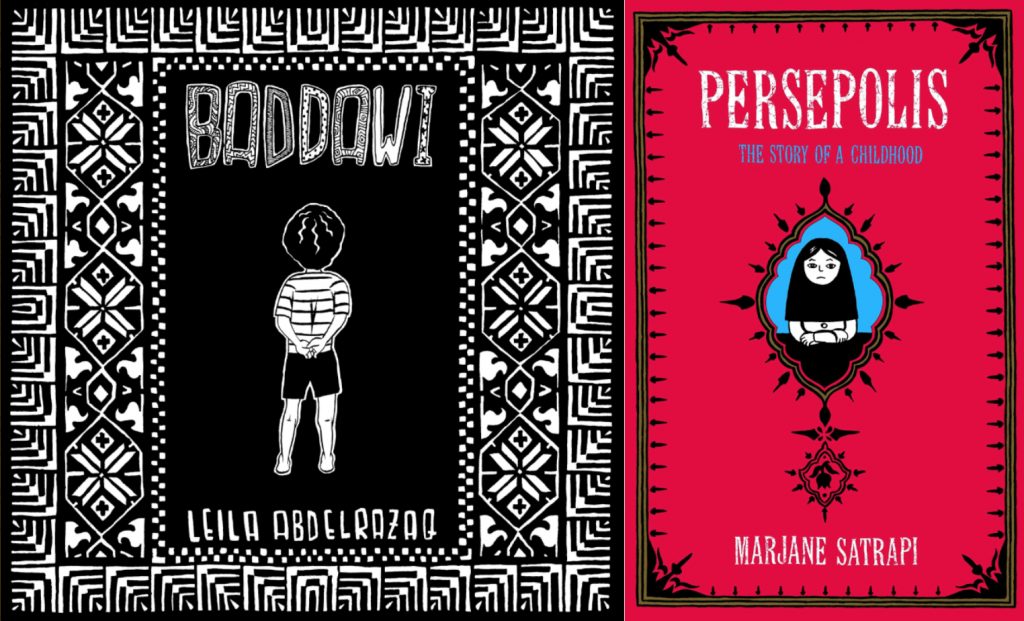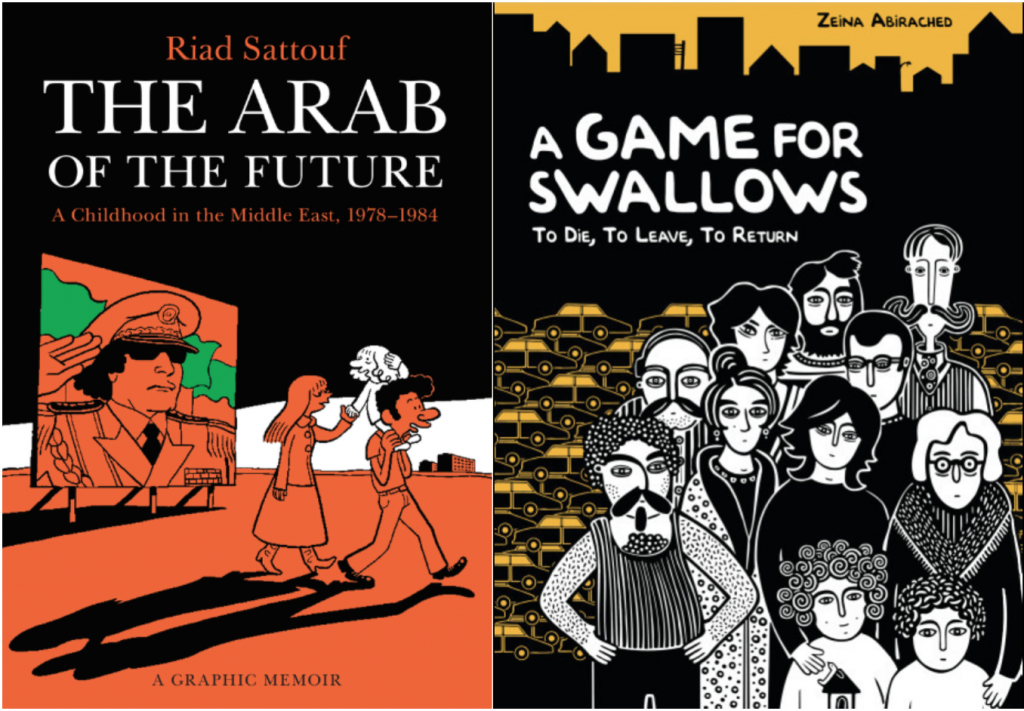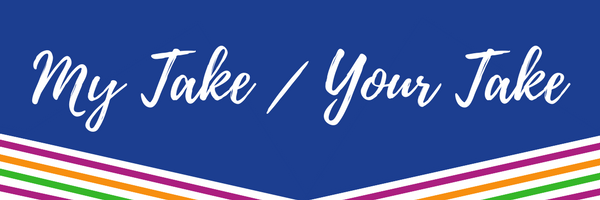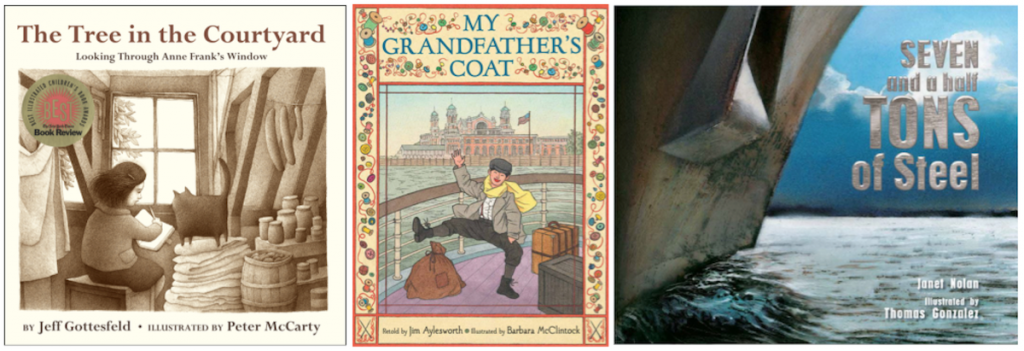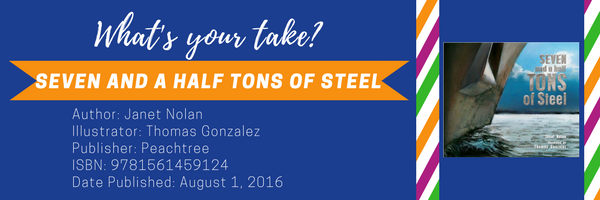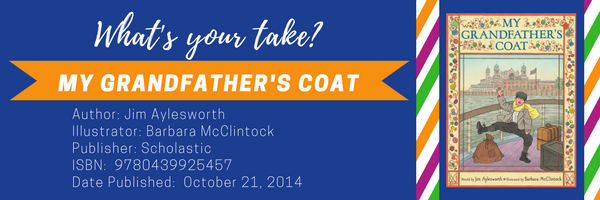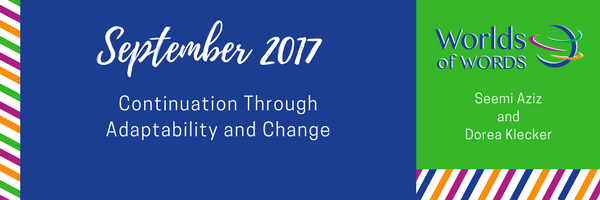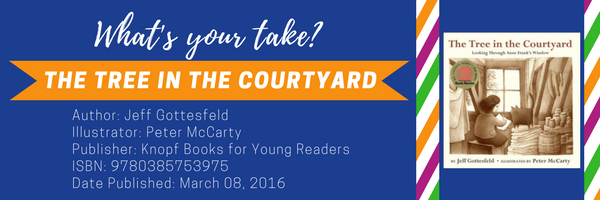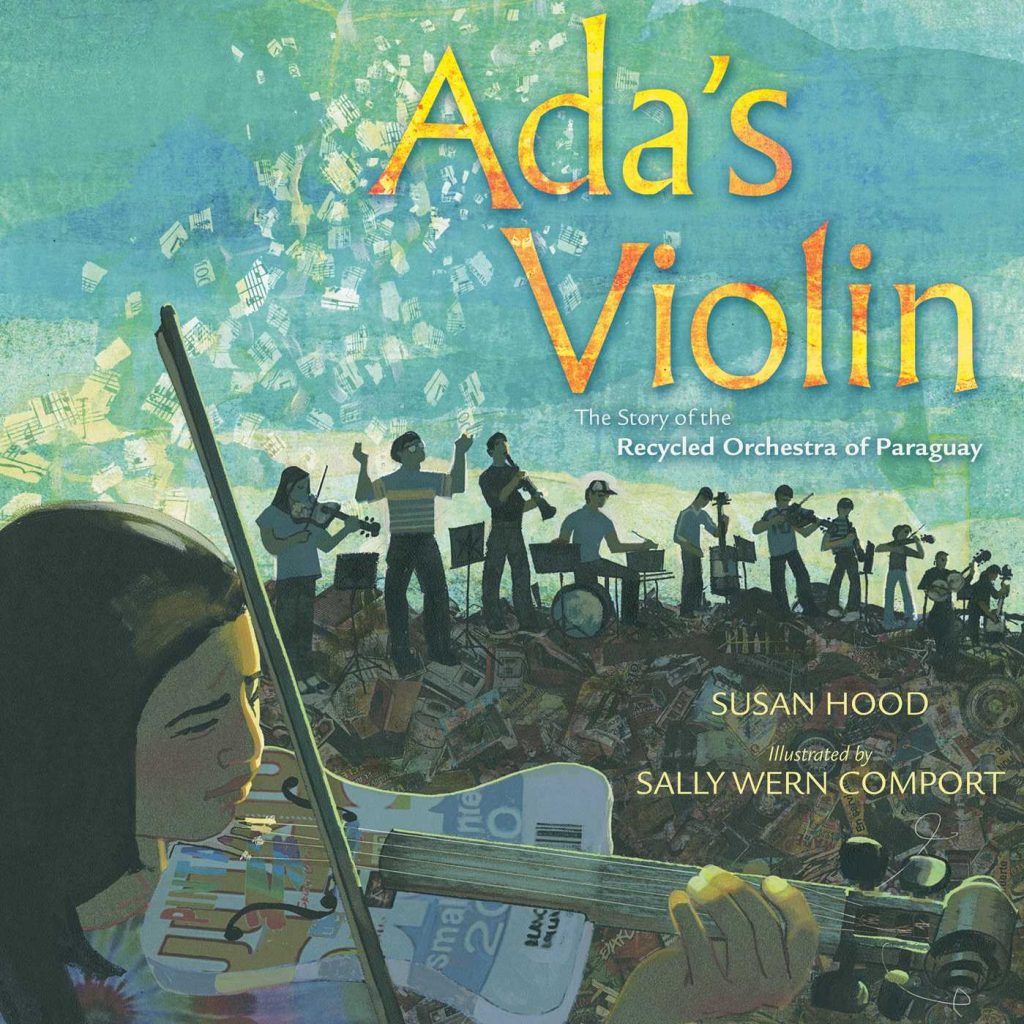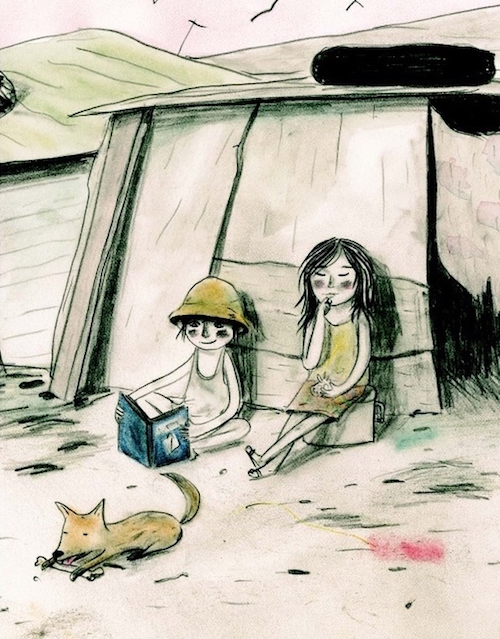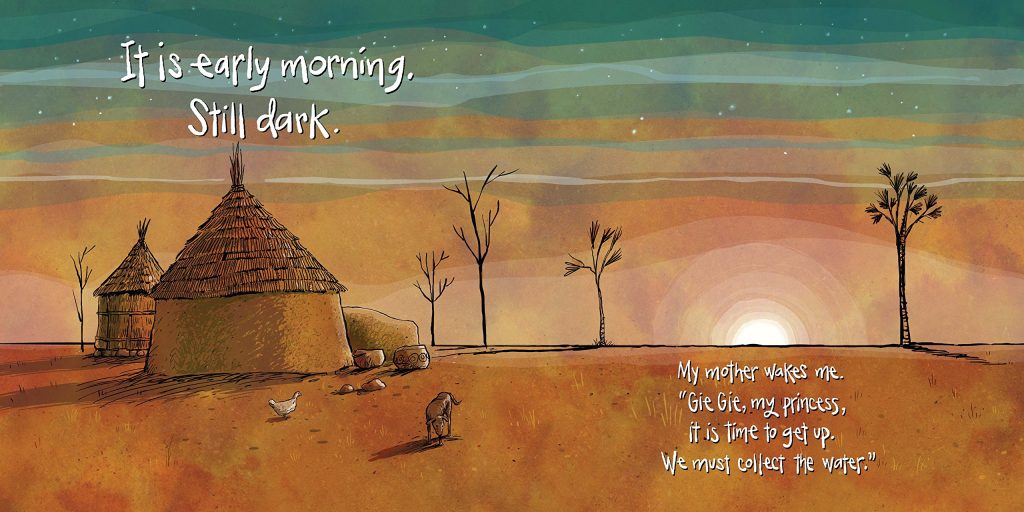By Seemi Aziz, University of Arizona
Middle Eastern regions and Muslims have been unfailingly in the media and news. Children’s literature and Young Adult literature also tap into this trend and brings forward concerns faced by these regions, presently. Turmoil within the regions has become a predominant global concern since the refugee crises has brought the impact to Western shores, impacting their economy, balance of power, and in some cases, law and order. Most earlier books were written by people outside of the regions, thus, not true insiders to the cultures, raising concerns of authenticity. Commonly held trends as well as issues in literature about Muslims is that of migration, refugees, Muslim people at the center of strife and Muslim people as violent, blood thirsty terrorists. There is an issue when these assumptions, generalization, and stereotypes are taken as truths.


